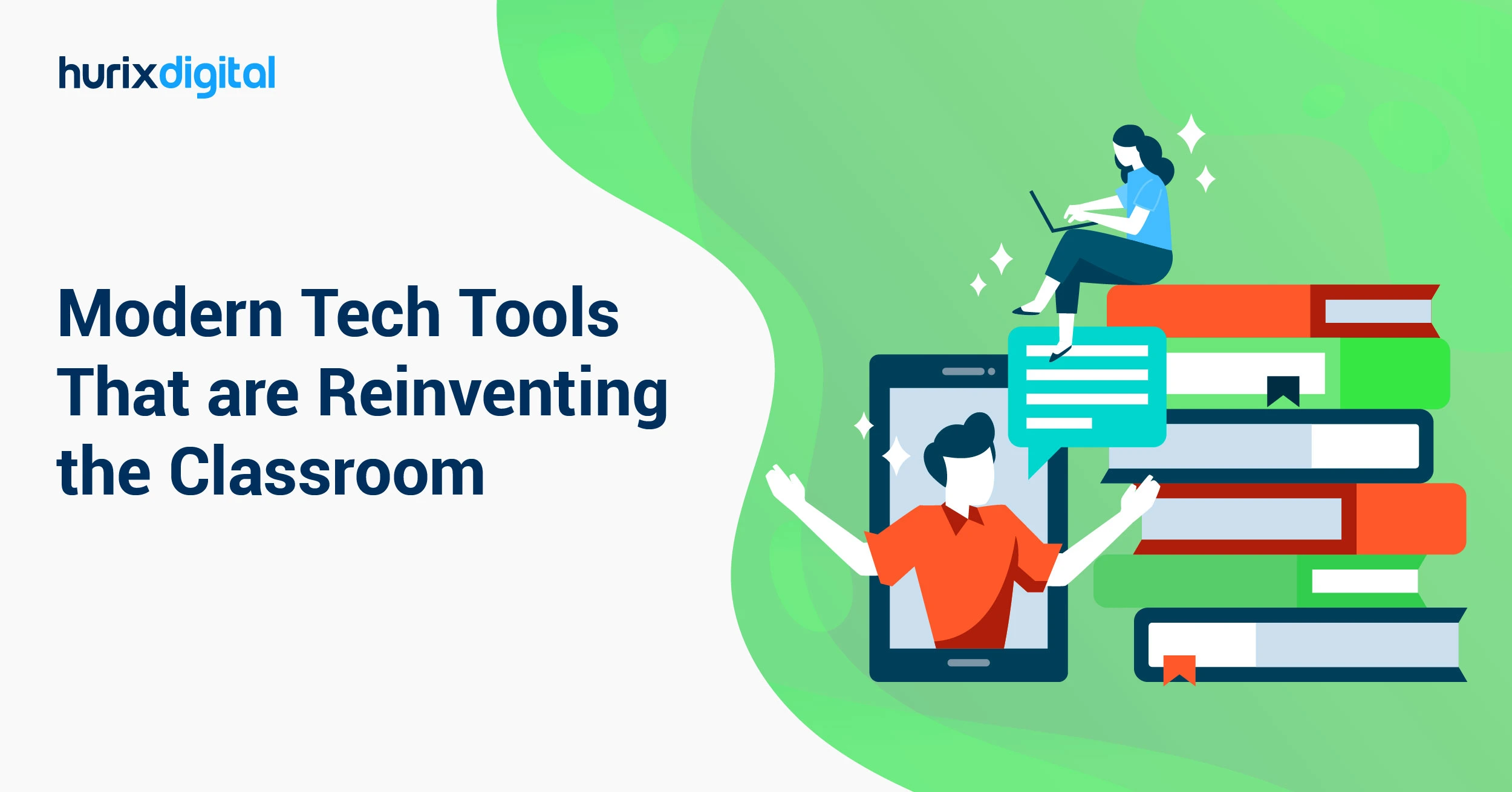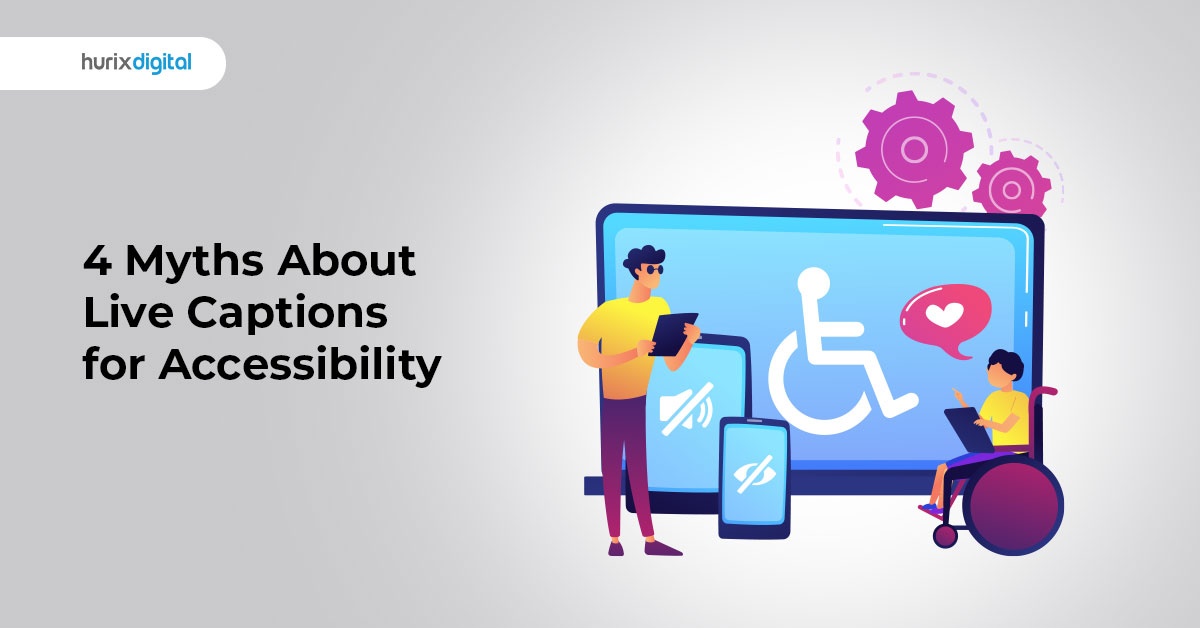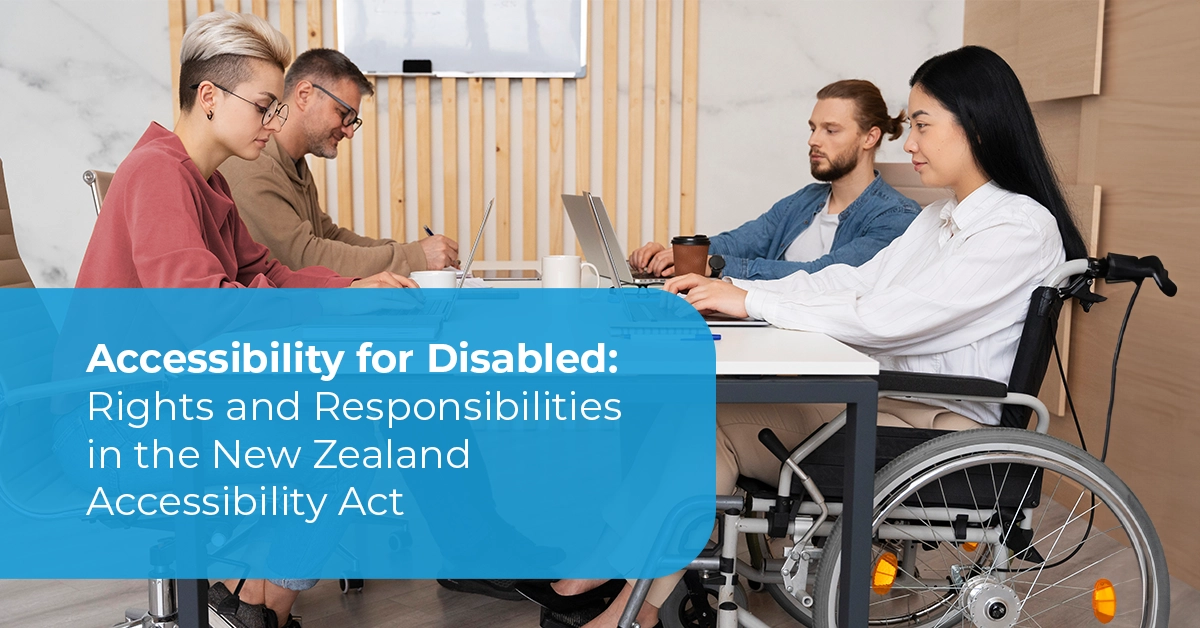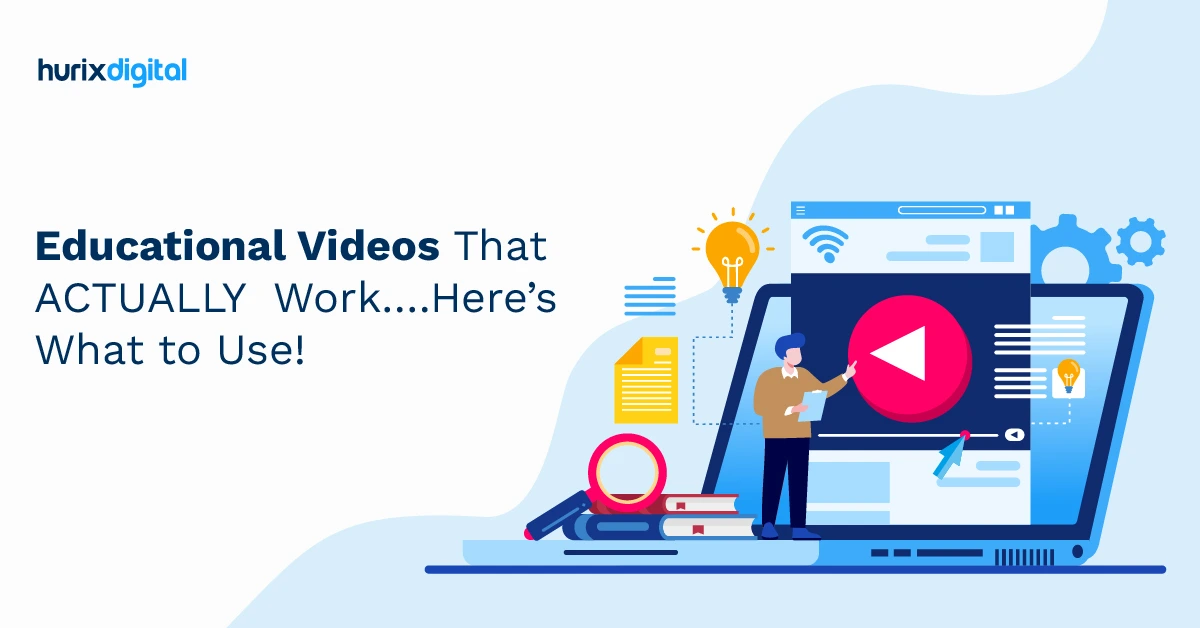
Educational Videos That ACTUALLY Work….Here’s What to Use!
Summarize with:
Revenue in the eLearning market is projected to reach USD 4.73 billion in 2023. The three pillars of eLearning in education are recollection, retention, and execution. While some effective methods for doing this include simulations and game-based education, eLearning video is the most widely used contemporary educational tool.
From marketing to higher education, eLearning videos are a highly effective format to boost engagement and retention rates. To constantly develop and refine eLearning videos, top eLearning authoring tools are in demand for creating and delivering interactive content.
This article outlines the top types of eLearning videos that can help you elevate online education to be more interesting and effective for your audience.
Table of Contents:
- Why Use Educational Training Videos?
- Benefits of Using Educational Training Videos in the Classroom
- Top 9 Types of eLearning Videos for Higher Education
- Tips For Harnessing The Power of Educational Videos
- To Wrap Up
Why Use Educational Training Videos?
Modern teaching methods use educational videos, interactive learning games, self-paced teaching methods, and several other methodologies to improve students’ learning experiences. Videos, in particular, play a major role, given their remarkable impact on students’ learning and retention.
According to Statista, 47% of females and 44% of males between 16 and 24 years old have watched online learning videos like tutorials or how-to videos for their learning needs. This number has especially increased since the pandemic, as learning shifted completely to online means during the peak of COVID-19 in 2020.
Today, despite going back to the classroom, many students want to experience the benefits of online and offline education, highlighting the importance of videos in education.
Academic video learning is still relevant, and its utilization isn’t a mere trend but a well-founded strategy driven by numerous advantages that directly contribute to an enriched and efficient learning experience.
Benefits of Using Educational Training Videos in the Classroom
Complementing traditional learning methods with modern approaches has several benefits for students and can be a game-changer in enabling self-paced and flexible learning.

A few benefits of educational videos on efficiency in the educational system include the following:
1. Enhanced Comprehension and Retention
Educational videos have the ability to simplify difficult ideas into visually appealing and readily understood content.
The films in question can deconstruct abstract concepts into tangible, concrete parts by utilizing images, animations, and real-world examples. This multisensory technique improves understanding and retention rates by stimulating learners’ cognitive processes, ensuring that knowledge sticks.
2. Active Engagement and Participation
Unlike passive acquisition methods traditionally used in delivering information, educational videos encourage active engagement. Applying quizzes, polls, and discussion prompts in videos creates interactive elements to empower learners to act instead of being passively presented with information.
This active learning style fosters creativity, problem-solving ability, and mental clarity. Since the learner is allowed to apply what they have learned to real-life situations, they can facilitate a more complete understanding and retain what they have learned even better.
3. Accessibility and Flexibility
Since instructional videos are digital, students can see them from anywhere at any time. This flexibility is revolutionary for people who balance many responsibilities, such as parents, students, and working professionals. Whether it’s late at night, during a train ride, or during lunch breaks, learners can interact with educational content at their own pace.
4. Conceptual Clarity and Real-world Context
Educational videos are unique in that they often simplify complex ideas that once seemed impossible to understand.
Videos bridge the gap between theory and practice by breaking down step-by-step processes, visualizing abstract ideas, and facilitating real-life applications of this knowledge construction. This connection with real-life applications makes the application of knowledge more relevant to the learner’s life.
5. Self-Paced Learning
Most often, in a regular classroom setup, the majority sets the pace of education. Video-based learning allows students to progress at their own pace.
Learning can be paused, fast-forward, or replayed in parts of an instructional video until the student fully comprehends it. This self-paced mode allows students to revisit complex ideas once more, relearn important concepts, and probe further into matters of interest.
6. Immediate Feedback and Assessment
Interactive videos can include quizzes and assessments that provide instant feedback. This rapid evaluation reinforces learning and highlights areas that require further attention. The learner can monitor his or her progress and make the necessary adjustments to the learning strategy through immediate feedback.
This cycle of learning and assessment promotes a far more meaningful understanding of the subject matter and makes learners masters of their learning process.
Top 9 Types of eLearning Videos for Higher Education
eLearning course development in schools and universities should consider the various types of eLearning videos available in the digital market to benefit students in numerous ways.
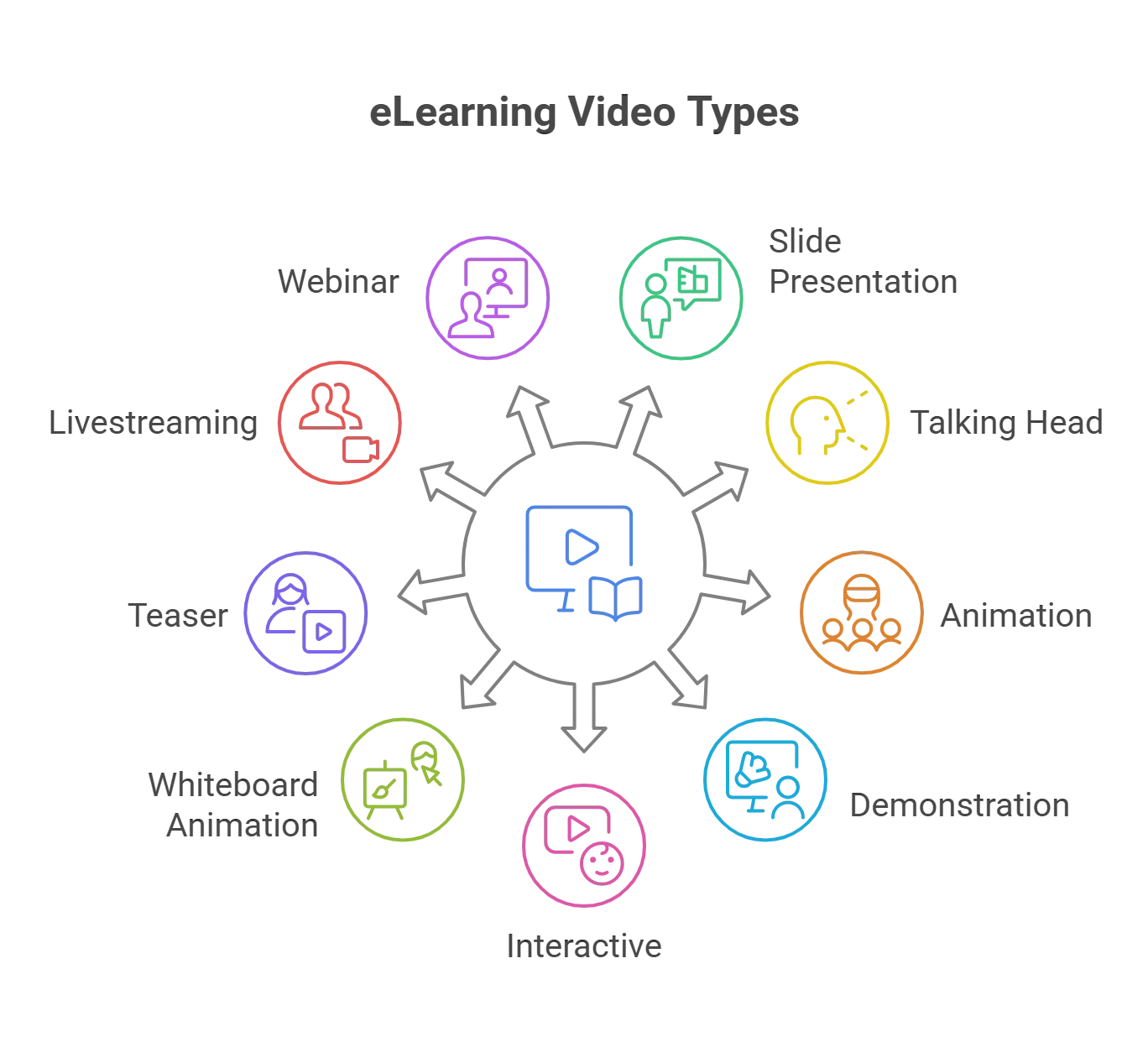
Here are some of the top-rated styles, along with their benefits.
1. Slide Presentation Videos
Slideshow presentation videos are a popular format covering everything from YouTube videos to online courses.
One reason for its popularity is that these online videos for higher education are relatively affordable to produce. All you have to do is create a slide deck on Google Slides, Keynote, or PowerPoint, screen record yourself as you navigate it, and add a voiceover.
You aren’t required to reveal your face in the footage, but if you do, you can generally get away with using the built-in camera on your mobile device or desktop.
2. Talking Head Videos
The simplest eLearning video is a straightforward lesson from a talking head (a teacher speaking in front of a camera on the topic). You only need a camera, an adequate microphone, and good lighting.
While creating a video that is solely a talking head is common, the best eLearning videos also include learning supplements like graphics or slides. Some examples of talking head videos include TED talks and class recordings.
3. Animation Videos
Compared to a straightforward lecture or talking head film, animation in educational materials can be more interactive and demonstrate ideas that would otherwise be difficult to convey.
For instance, you might want to discuss the size of the solar system in a science lesson or use animation to show how the planets are aligned. Even though the quality of animation can vary significantly, it’s still a fantastic technique for giving your viewers a different perspective on a concept.
4. Demonstration Videos
Physical demonstrations and screen capture presentations are the two basic categories of how-to videos.
- Physical Demonstrations: Record a video of someone explaining a concept. This could involve assembling equipment or showing off an advertising pitch skill.
- Screen Capture Presentations: Screen capturing is the best way to perform more technical tasks, such as a software demonstration, on a computer or any device, so that viewers can follow a step-by-step process.
5. Interactive Videos
A majority of the video material used in the eLearning process is passive; the student only views the video without engaging in any other action. Interactive videos differ from one another because they frequently involve the student in making decisions or responding to questions.
Interactive videos are an effective eLearning solution that can greatly benefit education in the following ways:
- Ensures Increased Engagement: Interactive videos guarantee students don’t lose interest in the middle of the lesson by utilizing interactive elements like mid-video quizzes.
- Enables Active Participation: Learning is enhanced with interactive video content that pauses when necessary and prompts the learner to do a specific action. Learners must take the required steps before they can proceed.
- Provides Instant Feedback: Students can continuously assess their understanding through quiz questions while watching interactive learning videos.
- Increased Knowledge Retention: Interactive videos augment the cognitive load on the learner by enabling various tasks and decision-making, thereby accelerating the retention rate.
6. Whiteboard Animation Videos
Whiteboard animation is a type of video created to appear as though the information is being hand-drawn on a whiteboard. It is particularly well-liked because it makes it simple to understand intricate information.
These types of videos are ideal for situation explanation and narrative storytelling. Therefore, they can be utilized to make online classes interesting for students.
Explainer videos have a subtype called whiteboard videos that let presenters talk about subjects or tell narratives to improve the learners’ overall experience. Drawing while telling a tale can make the information more personal and individualized, thereby retaining the learner’s interest.
7. Teaser or Introductory Videos
Teasers or introductory videos are beneficial to market the eLearning program to motivate learners.
These videos are utilized in optional courses or situations when you want to reach an audience with aspirations or interests in a particular profession. They can take various forms, but their common goal is to outline what the students might anticipate from the online course.
Since introductory videos need to be engaging for better reach, you can use authoring tools for eLearning to design a teaser with your choice of formatting.
8. Livestreaming Videos
It’s crucial to understand the difference between VOD and live-streaming content in the realm of internet video.
Video on demand, or VOD, refers to previously recorded material that consumers can access whenever they choose. On the other hand, live streaming is a real-time event that viewers must watch.
Live streaming and virtual events can include interviews, lectures, presentations, and more. This format distinguishes itself from the others by allowing the audience to engage with you live and provide input.
9. Webinar Videos
A webinar is a live online video discussion or presentation. It is highly interactive, with participants engaging in real-time discussion. As an eLearning company, you should consider offering your audience live content.
You can opt for a presentation that will attract your audience or organize a live Q&A session. Then, you can take a live audience recording of your webinar. The recorded conference can also be made available to your students as additional or regular content.
Tips For Harnessing The Power of Educational Videos
Wondering how you can implement educational videos in your curriculum? Here are some tips for harnessing this powerful tool and how you can create effective educational videos for your students:

1. Choose the Right Videos
When choosing instructional videos, prioritize quality and relevancy. Choose well-produced videos with crisp audio and excellent graphics. Accurate, interesting, and educational content should capture your pupils’ attention. When selecting videos, you might also want to consider your students’ preferred learning methods.
Videos featuring lively graphics, animations, and graphs can greatly improve understanding for visual learners. Similarly, videos with captivating sound effects and a clear narrative can be especially useful for auditory learners. Selecting videos that cater to various learning styles can create an inclusive and productive learning environment.
2. Use Videos in Conjunction with Other Learning Materials
It is not advisable to use instructional videos as a stand-alone learning resource. Rather, they ought to be utilized in conjunction with other educational resources like worksheets, articles, and textbooks. Videos can produce a more comprehensive and successful learning experience when combined with other educational resources.
For example, you can use videos to highlight important ideas from a textbook chapter, present a new subject, or give visual explanations of difficult ideas. Videos and conventional learning resources can be combined to accommodate various learning preferences and give students numerous ways to interact with the subject.
3. Pause and Rewind Videos as Needed
Giving students the freedom to direct their learning is crucial for accommodating a range of learning speeds.
To thoroughly understand the material, encourage students to pause and fast-forward videos as necessary. This enables individuals to review difficult ideas, consider important ones, and reinforce their comprehension at their own speed. By creating a friendly and nonjudgmental learning environment, students can be empowered to take charge of their education.
4. Take Notes While Watching Videos
Active note-taking is a powerful strategy for enhancing comprehension and retention. This practice not only helps students focus and absorb information but also provides a valuable study resource for future review.
Learners can take notes using a range of methods, create mind maps, or just write down important ideas. By actively participating in the material and writing customized notes, they can enhance their overall learning outcomes and have a deeper comprehension of it.
5. Additional Tips
In addition to the tips above, here are some additional ways to use educational videos for students to enhance their learning experience:
- Assign homework that involves watching videos. Giving pupils something to observe and learn about outside of the classroom is a terrific idea. Using movies to introduce new subjects can grab students’ interest and motivate them to learn.
- Use videos to supplement lectures. It can help to clarify complex concepts and to provide additional examples.
- Videos can be used to create interactive learning experiences. One way to do this is to ask students questions about the film or assign them tasks based on it.
- By assigning quizzes or worksheets based on the movie, teachers can use videos to evaluate their students’ learning.
To Wrap Up
With their power to engage, explain, and immerse, educational videos have opened doors to a realm where comprehension knows no bounds.
Learners can bridge the gap between theoretical knowledge and practical application by grasping complicated topics through interactive components and visual aids.
According to research, viewers who saw a video retained 95% of the information, as opposed to only 10% of those who read it. Thus, video has better outcomes than purely text-focused materials and is proven to be a powerful medium that captures attention, engages the mind, and improves retention levels among the viewer.
Remember that the keys to using instructional videos successfully are selecting the right ones, combining them with other learning resources, and motivating students to be active learners.
At Hurix Digital, we leverage the latest technology and trends in educational video production to provide cutting-edge solutions for schools and universities.
This way, we help educators create impactful learning experiences and empower students to achieve their full potential. If you want to learn more about our solutions, our team would be happy to assist you.
Summarize with:

Senior Vice President
A Business Development professional with >20 years of experience with strong capability to sell new solutions and develop new markets from scratch. New Market Entry Specialist with experience working in the largest emerging markets. Exceptional experience in conceptualizing, ideating and selling new learning technologies like VR AR, etc. across multiple industry verticals.
 Upcoming Masterclass | Build an Army of Brand Evangelists using Training & Development | November 20th, 8:30 AM PDT | 11:30 AM EDT | 10:00 PM IST
Upcoming Masterclass | Build an Army of Brand Evangelists using Training & Development | November 20th, 8:30 AM PDT | 11:30 AM EDT | 10:00 PM IST


